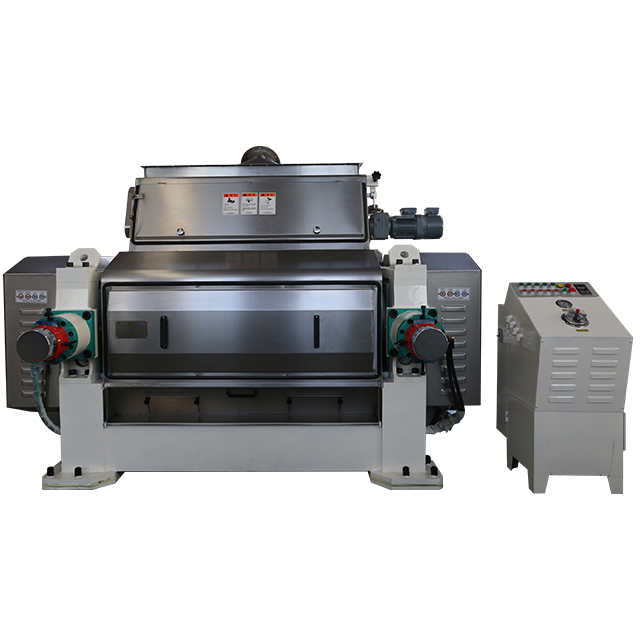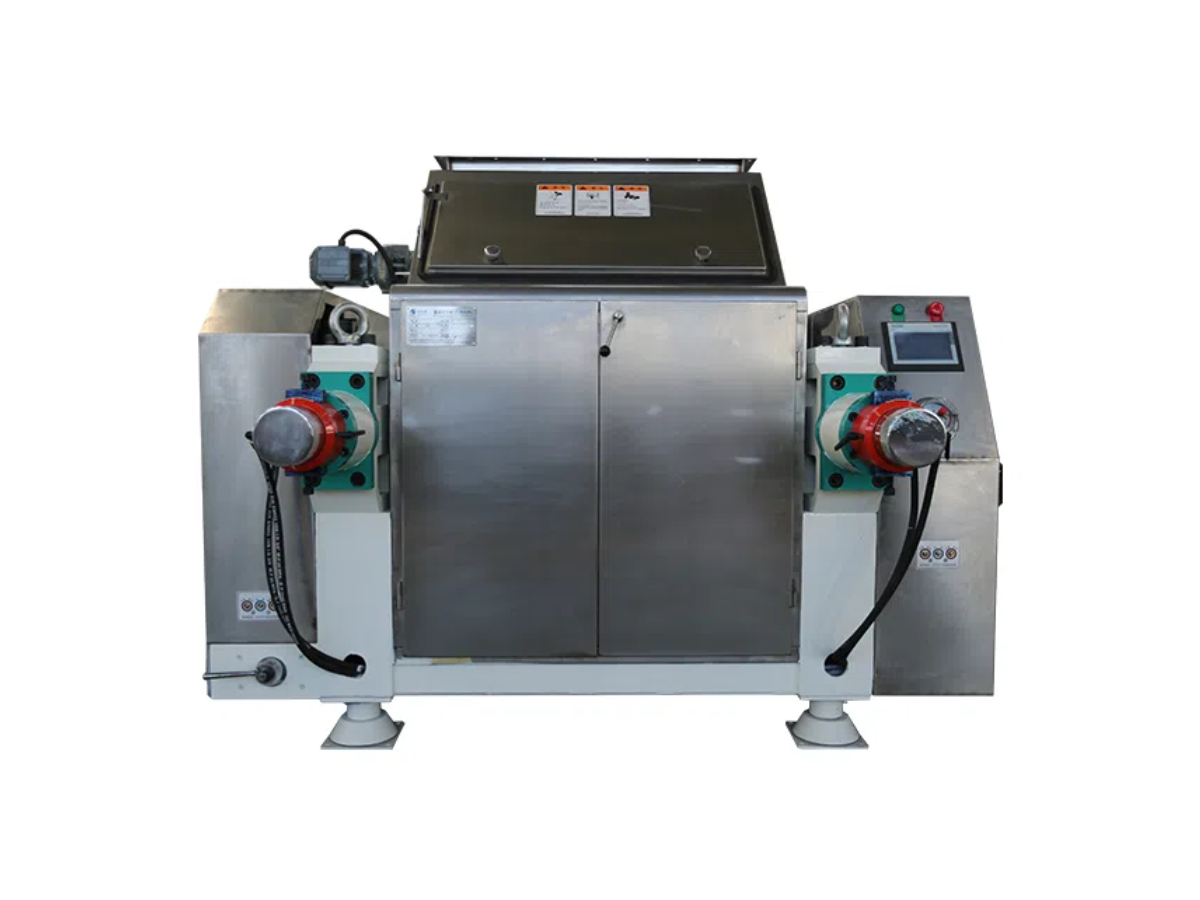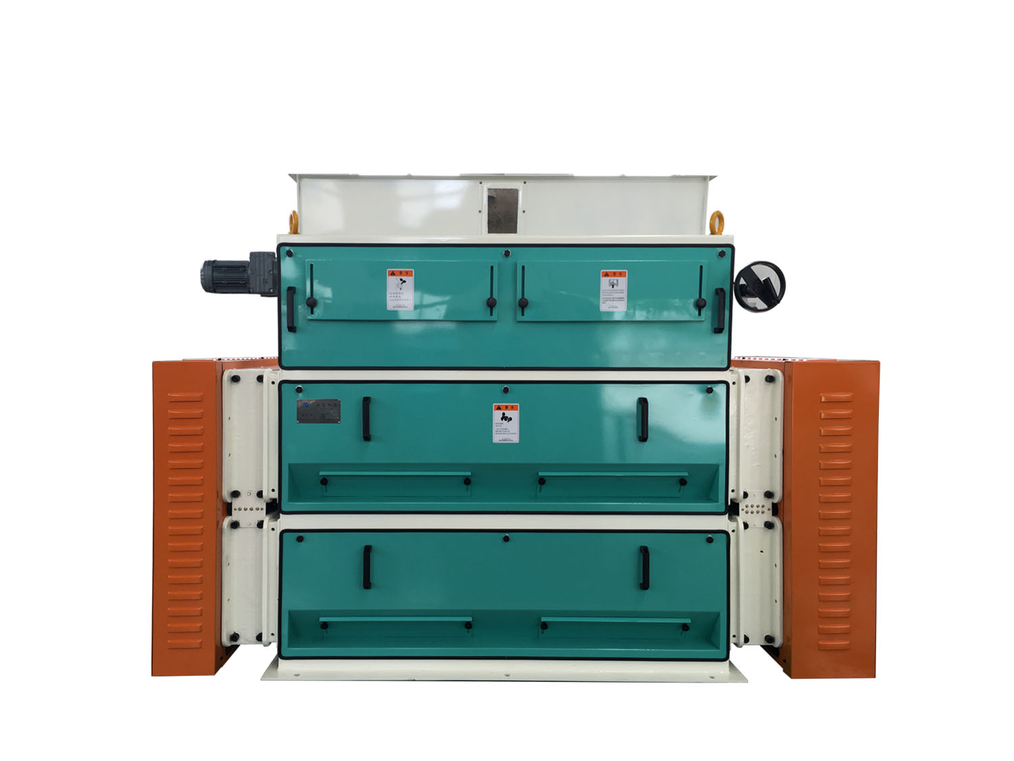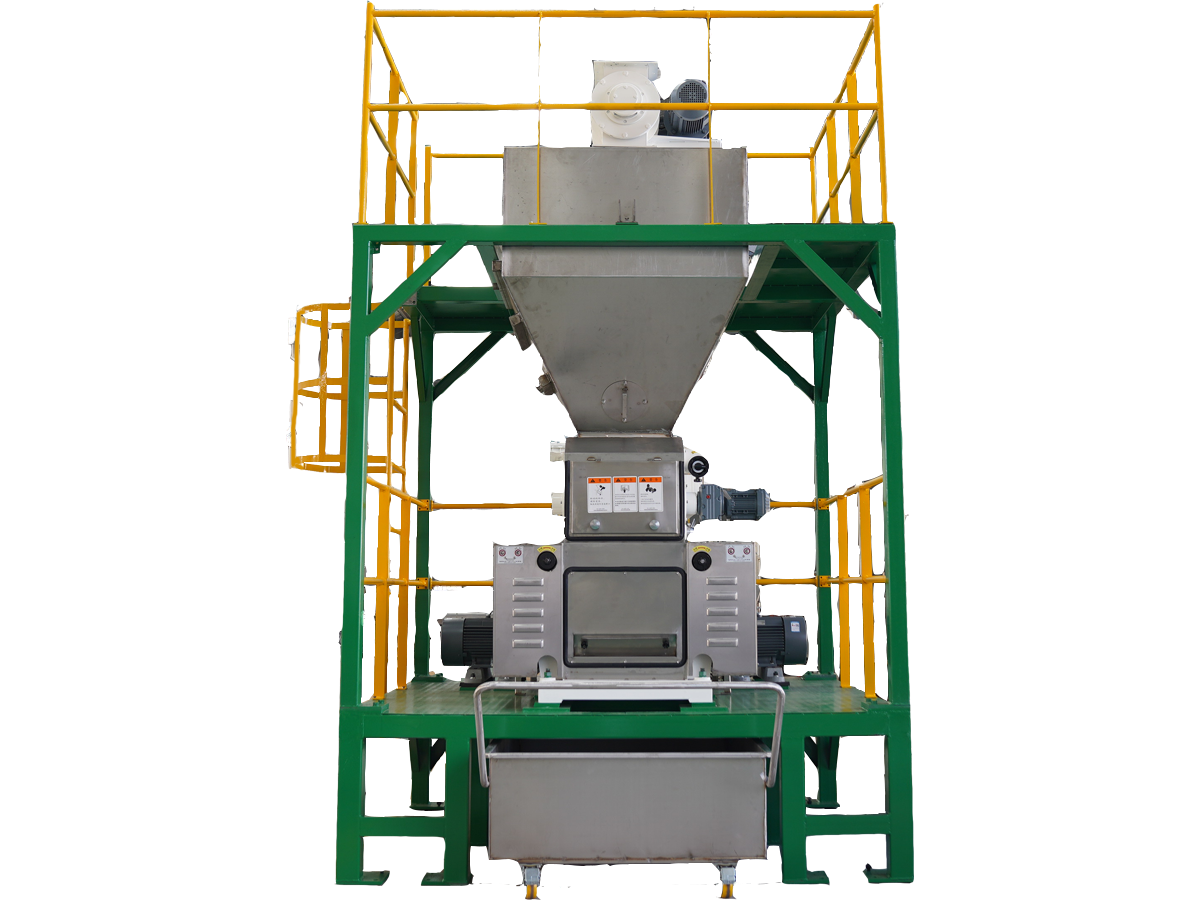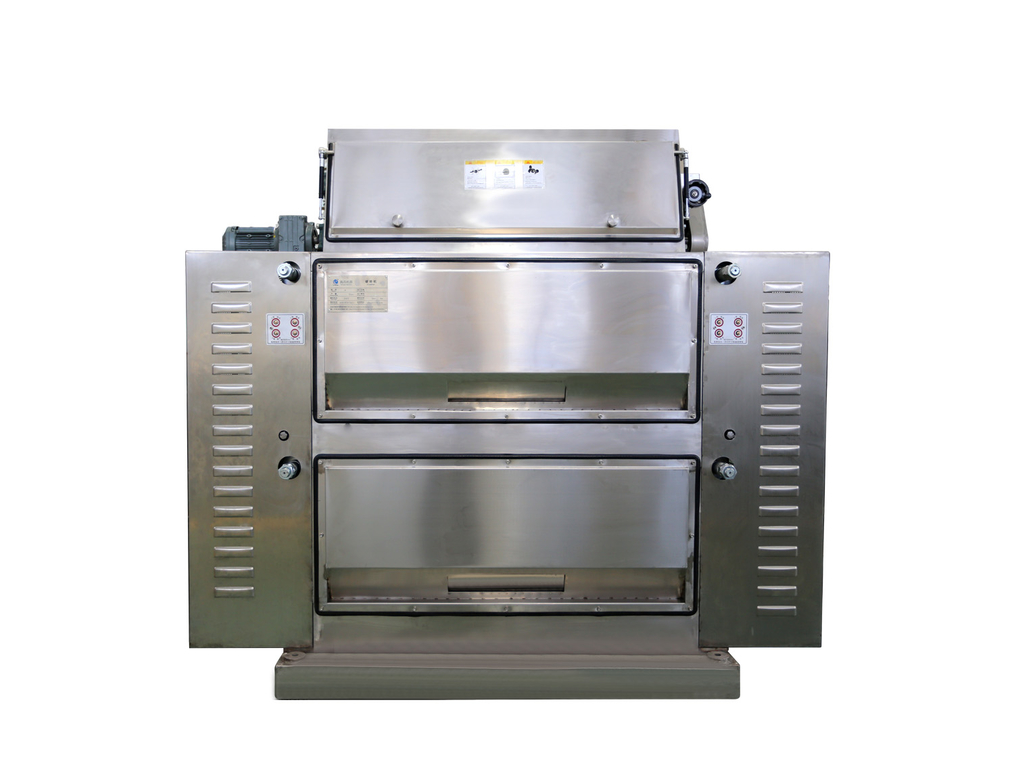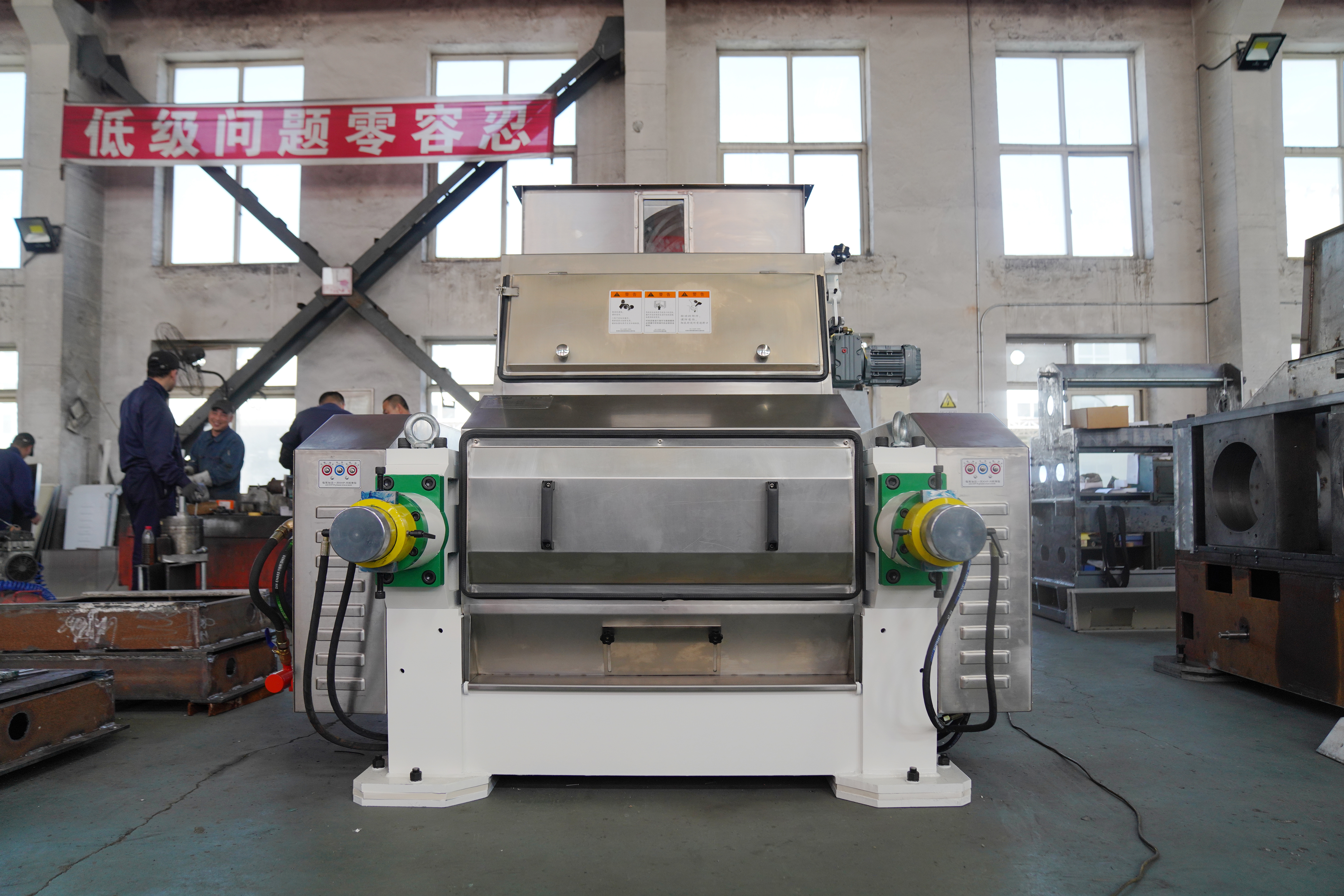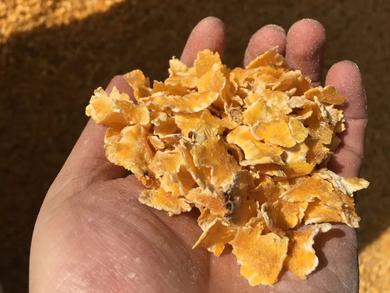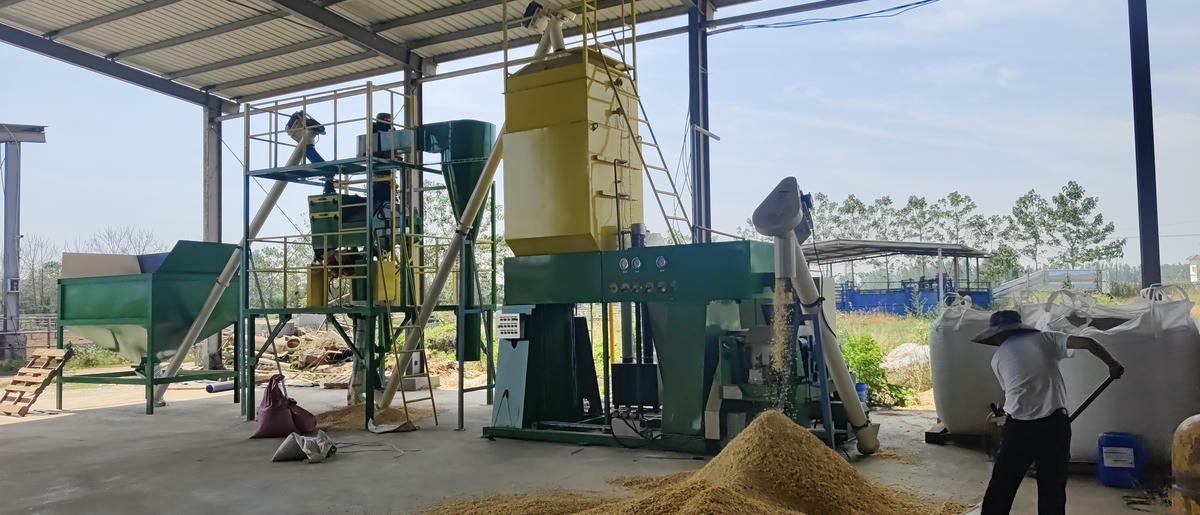whatsApp Tel:(86)13810151555
Flaking Rolls
Premium Quality Flaking Rolls for Superior Performance
The Core Component of Flaking Mills
Unparalleled Importance in Flaking Mills
Flaking rolls are not just a component; they are the pivotal element that defines the performance and efficiency of flaking mills. These rolls represent over 50% of the main machine's cost and are the cornerstone of quality and productivity in flaking operations.Why Choose Bellaex Flaking Rolls?
By choosing Bellaex, you’re investing in precision-engineered products that set the benchmark for quality in the industry. Enhance your flaking mills with our advanced solutions and achieve unparalleled performance. View Bellaex Video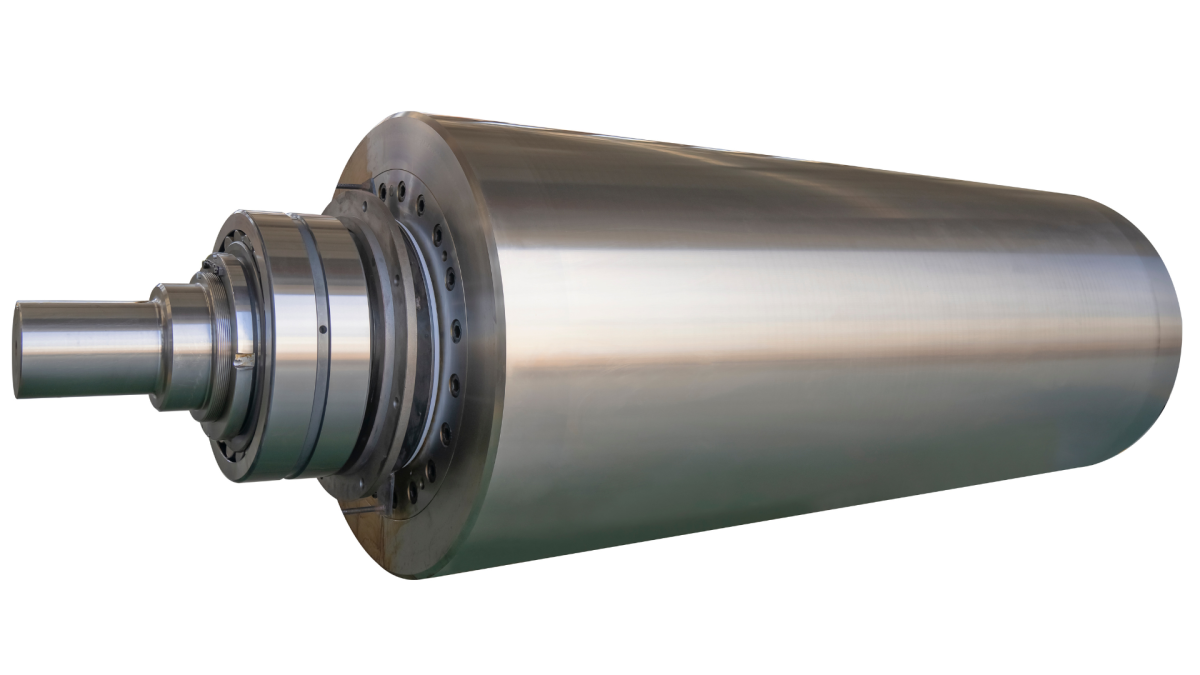

The casting furnace marks the starting point of the flaking roll production process. Various metal raw materials are placed into the furnace and melted using powerful electrical energy. The process requires precise control of temperature and time to ensure the metals are fully melted and compositionally uniform.
During the melting process, small samples of molten metal are extracted using specialized equipment and sent to the laboratory for spectral analysis. Spectral analysis technology accurately detects the chemical composition of the molten metal to ensure it meets production standards. If deviations are detected, technicians can promptly adjust the furnace parameters to maintain consistent product quality.
This process lays the foundation for flaking roll production, providing high-quality metal materials for subsequent forming operations and ensuring the performance and reliability of the final product.

The molten metal, verified for its composition through spectral analysis, is transferred to a centrifugal casting machine for shaping. Centrifugal casting is an advanced forming process where the molten metal is poured into a high-speed rotating mold. Under the influence of centrifugal force, the molten metal is evenly distributed along the inner wall of the mold, forming the base structure of the roll.
This process ensures the density and uniformity of the roll’s internal structure, delivering superior mechanical properties. Depending on production requirements, a single-layer alloy or a two-layer alloy process can be employed. The two-layer alloy technique allows for a wear-resistant outer layer while maintaining a tough, durable core, optimizing the roll’s performance for various applications.
Adwantages

BellaEx was founded in 1997 and is a family-owned business with customers from over 50 countries. Our factory is located in Zhuanghe City, Dalian, Liaoning Province, China.
Grosper Group-China
Bellaex (Ningbo) Intelligent Equipment Co., Ltd.
Tel:(86)13810151555
Email:ray@bellaex.com
solution
industry
-
Animal food
-
Oilseed processing
-
food industry

